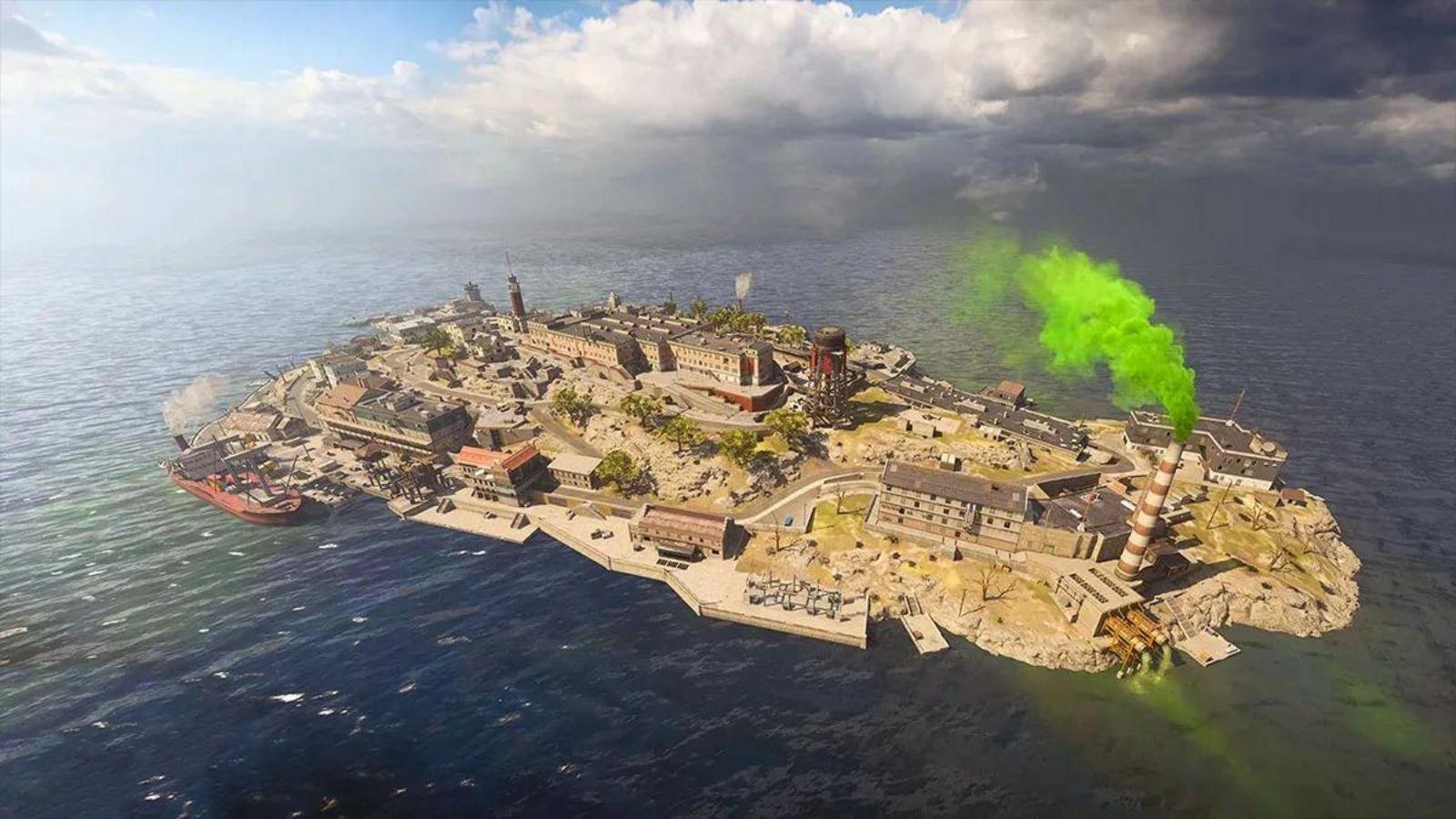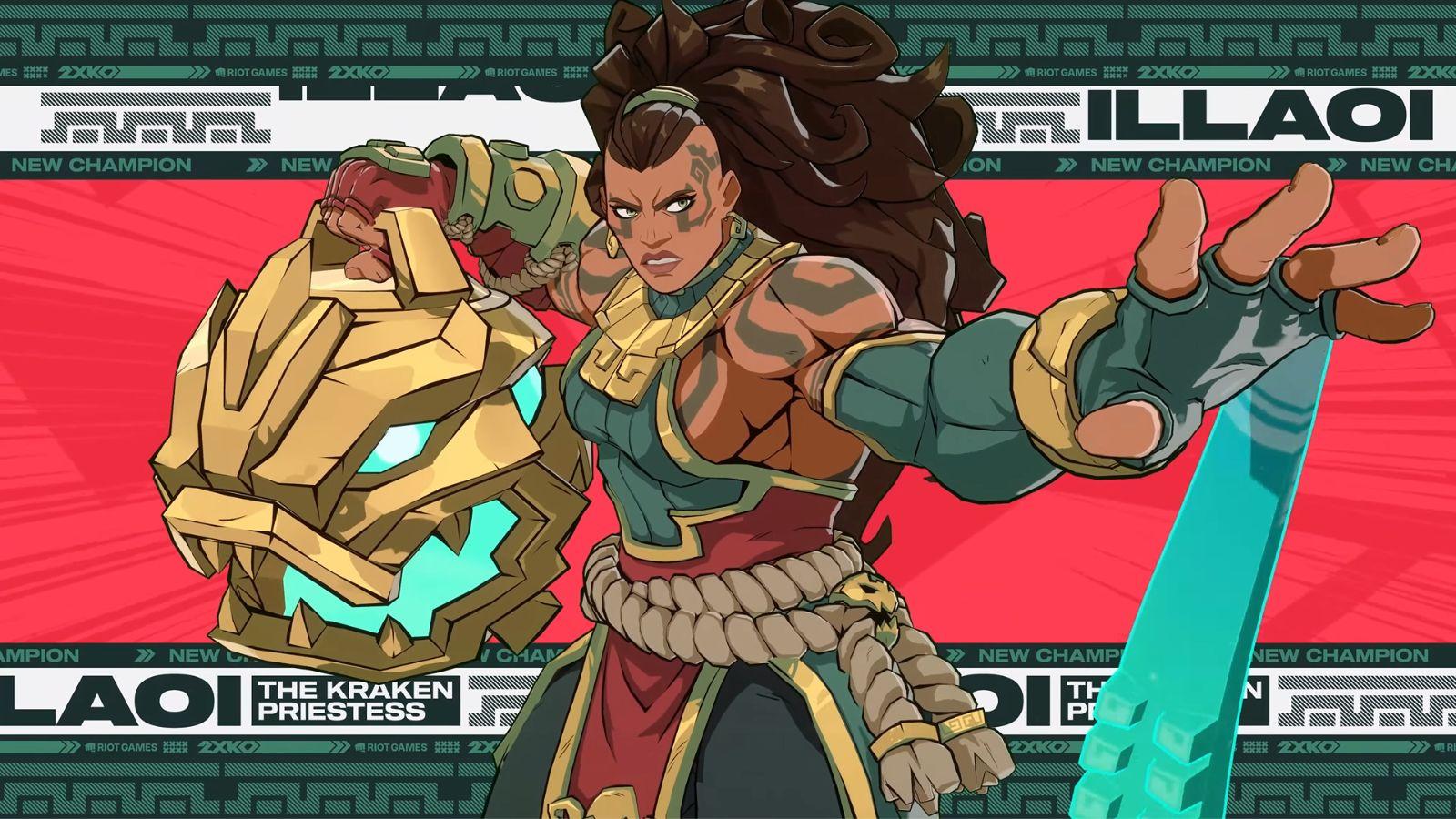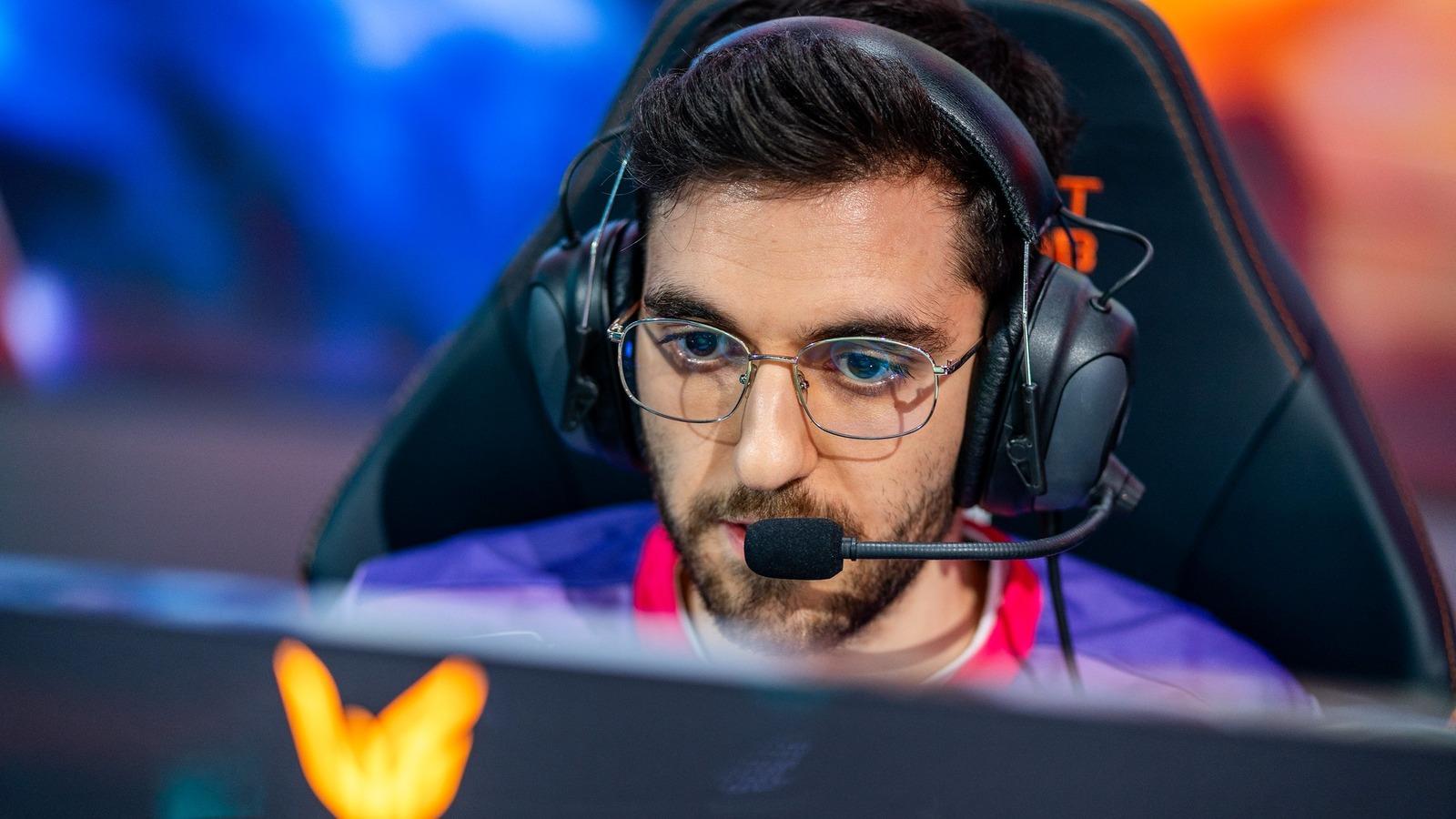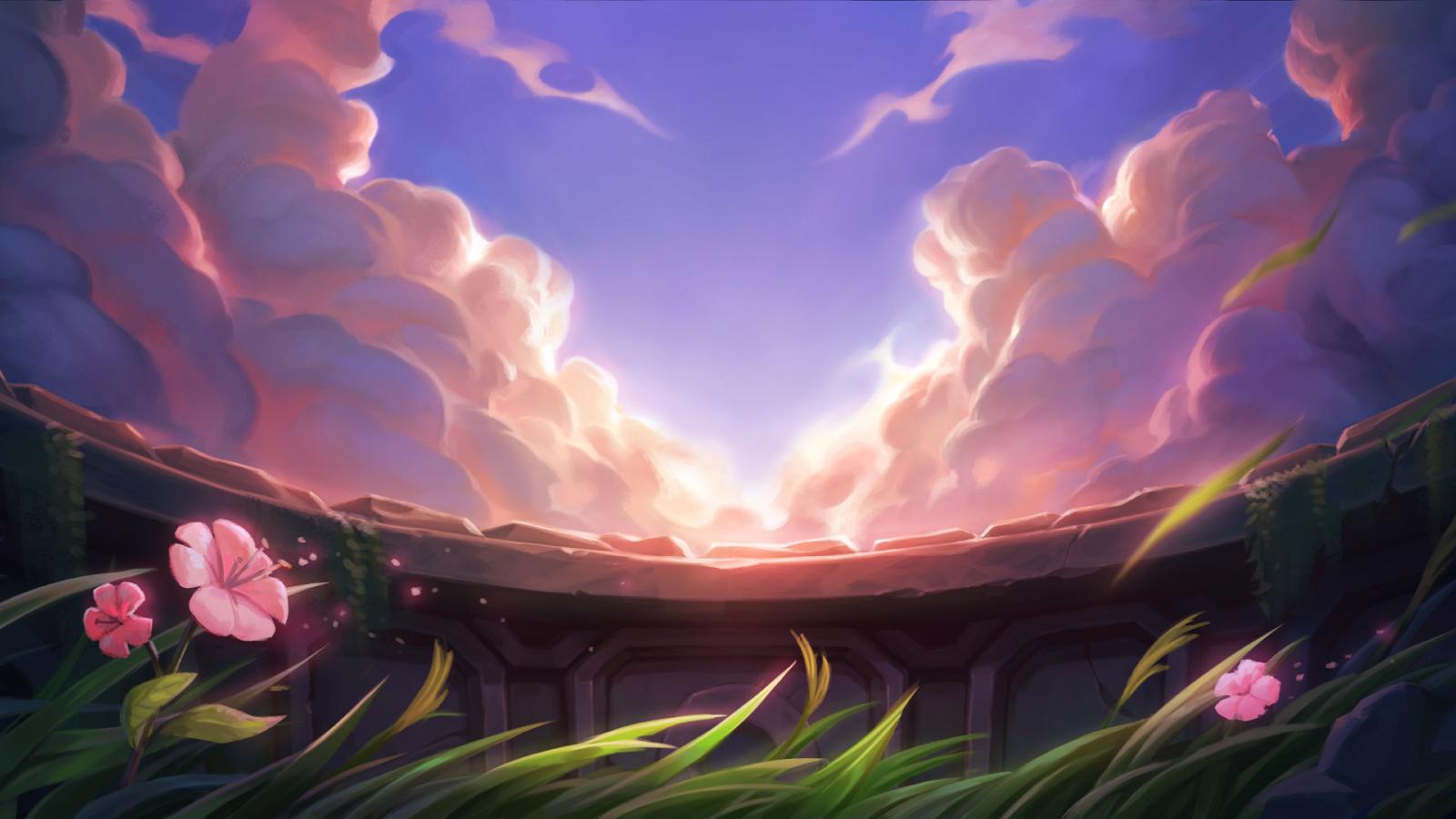Kelsey Moser: Clutch Gaming’s predictability is their greatest asset
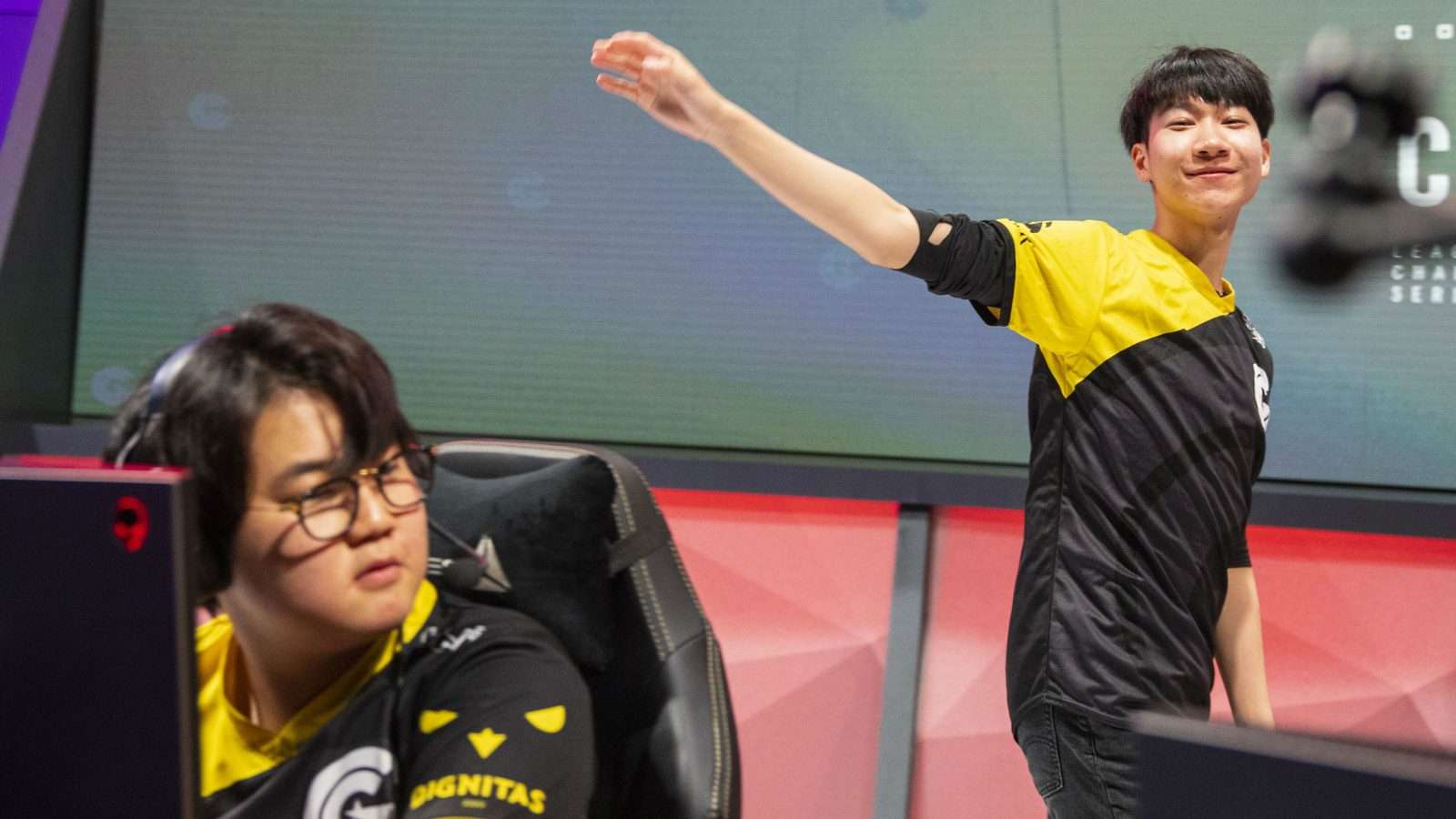 Lolesports
LolesportsA buzzing Little Ceasar’s Arena in Detroit featured two of three predictions for Clutch Gaming to take down regular season third place Counter Logic Gaming. These two picks for Clutch served as departures from the Quarterfinal and Semifinal near-unanimous predictions for CG’s opponents, Team SoloMid and Team Liquid.
The analyst desk, and many others, had called Clutch predictable. “Clutch had the highest Rift Herald percentage and the highest first turret percentage even throughout the LCS regular season,” Joshua “Jatt” Leesman reiterated over the fourth game. “It’s just because I think they didn’t play the same three to five times in a row, people weren’t necessarily catching on to how telegraphed Clutch’s tendencies could be.”
Clutch’s tendency to reliably swap at 10 minutes and play for Rift Herald gave the desk pause. But a five game series against the LCS monsters Team Liquid finally had the analyst desk relenting and predicting a Clutch victory in the third place match.
[ad name=”article2″]
Yet Clutch got dramatically reverse swept by CLG. As soon as CLG stopped trying to match Clutch’s assassin mid lane priority and rely more on picks that secured a bottom lane advantage, CG’s one-dimensional stack of plays folded. The whole time, analysts had called Clutch predictable, and CLG exposed them before a 15,000 seat arena.
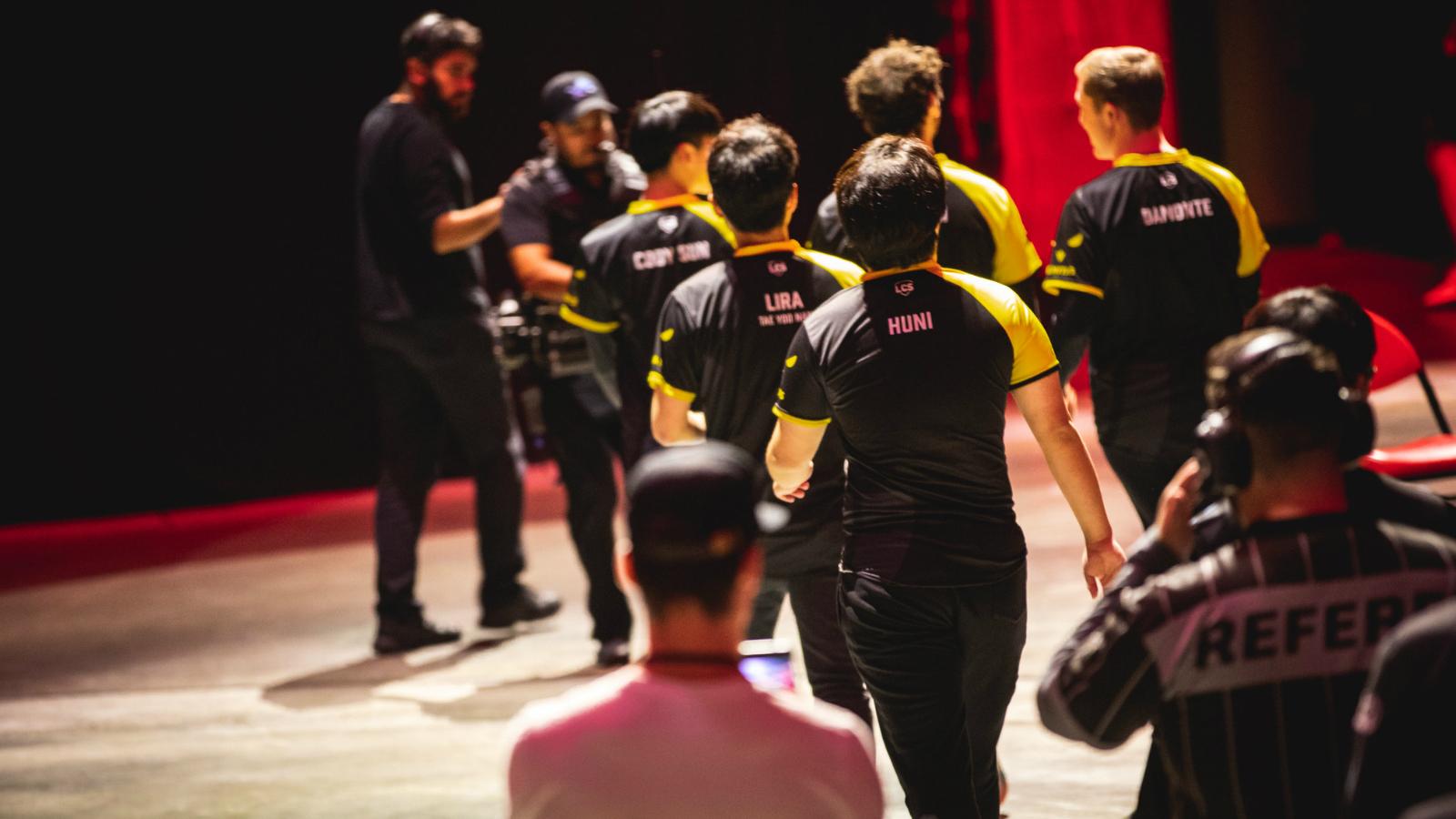
Of course, Clutch are predictable. Every successful team in League of Legends history has had some form of system that is so polished, teams falter against them even when they know exactly what will happen. That isn’t why Clutch lost to CLG, and it won’t be their biggest hurdle in the grueling three best-of-five gauntlet that stands between them and a World Championship seed.
[ad name=”article3″]
Predictability is good
Jatt’s comment on Clutch’s Rift Herald tendencies in Game Four of their series against CLG came out more like the latest skip of a broken record than a cathartic conclusion. The idea that Clutch consistently plays for Rift Herald by swapping their bottom lane at ten minutes on the dot has evolved from a desk observation to Twitter lexicon nearly on par with “NARAM” and Team SoloMid’s jungling style.
No matter what, the rhetoric states, Clutch’s bottom lane will reset at ten minutes and rotate to the top side of the map to play for Rift Herald. If top laner Heo “Huni” Seunghun has picked Rumble or Gangplank, he will use the ultimate to stall a wave bottom and prevent the enemy bot lane from trading platings when Clutch then drop the Rift Herald top. That will secure the team plates on Sun “Cody” Liyu’s scaling carry pick and give them momentum to take the first structure.
[ad name=”article4″]
First setting aside that this shallow description doesn’t accurately characterize Clutch’s game plan in every match, I have to ask — is this a bad thing?
All of the tenants listed in the described play simply sound like a good game plan. Rift Herald spawns at ten minutes, and turret plating, a major source of gold income, disappears at 14 minutes. If a team properly sets up for the objective, secures it, accounts for resets to create ideal circumstances for a drop, and makes sure to secure proper vision to prevent flanks, four minutes becomes a rather narrow window to use Rift Herald. Prioritizing securing it as soon as possible makes sense.
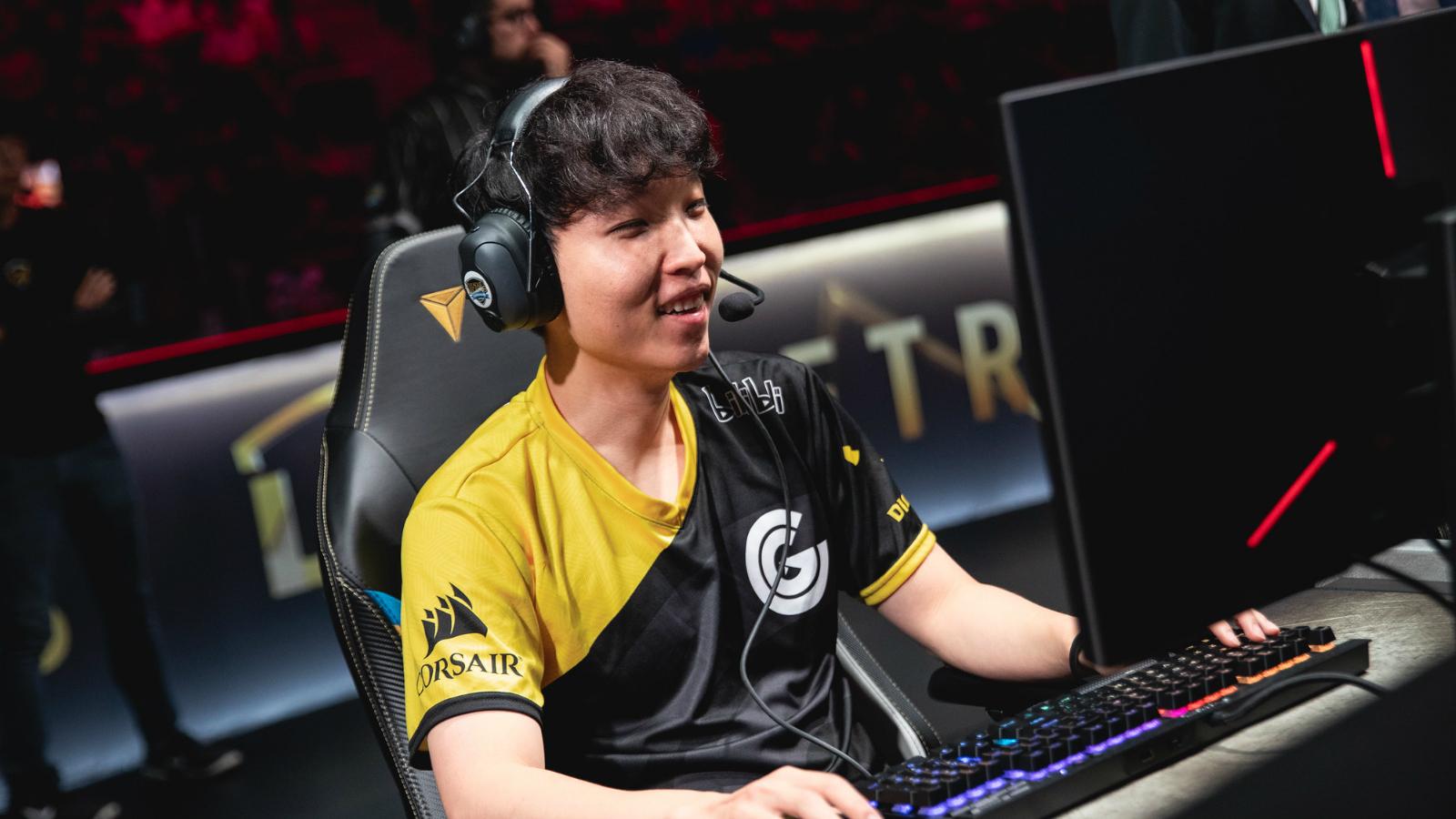 [ad name=”article5″]
[ad name=”article5″]
Then fashioning a composition to create ideal circumstances for the play should be the next objective. Huni has a reputation for Rumble and Gangplank play independent of lane swaps, so prioritizing these champions for their ultimates in a swap to clear waves and delay the opposing team’s ability to get tempo is simple common sense. Clutch would also then want a mid-jungle duo that can have an advantage at ten minutes and control of neutral objectives to win fights at that timing.
With all of those factors in place, fighting for Rift Herald becomes not just something Clutch wants to do, but in fact, the optimal play of any team with a similar draft. If any team drafted the way Clutch likes to, any coach of an opposing team would probably tell their team to look out for a ten minute Rift Herald play at the conclusion of champion select. Yes, it’s predictable, but with a solid base for executing the play, it’s also difficult to counter on a straight confrontation.
Setting up a Clutch Gaming Rift Herald play
So then the criticism isn’t that the play is predictable, but that some of those tools Clutch uses can be denied. Watching Clutch’s games throughout the LCS Playoffs, their game plans follow a pretty clear formula. Mid laner Tanner “Damonte” Damonte, having selected a bruiser or assassin pick that combos well in a 2v2 scenario with Nam “Lira” Taeyoo’s jungle champion, will look to crash the fourth wave and recall for a Doran’s item.
The item advantage and first reset timing allows Damonte and Lira to lean bottom and start looking to force back the opposing duo lane. In the second game of the series against Team SoloMid, Clutch used mid and jungle pressure to get a bottom reset around six minutes while the enemy team focused top side. That and a Teleport advantage secured Infernal.
If Clutch has a mid lane matchup that doesn’t automatically get priority (a melee champion vs a ranged mage, for example), then Clutch will look for skirmish opportunities to secure an early back for Damonte. In the second game against Team Liquid, Clutch and TL both came prepared for a mid section skirmish, but CG’s jungler showed first.
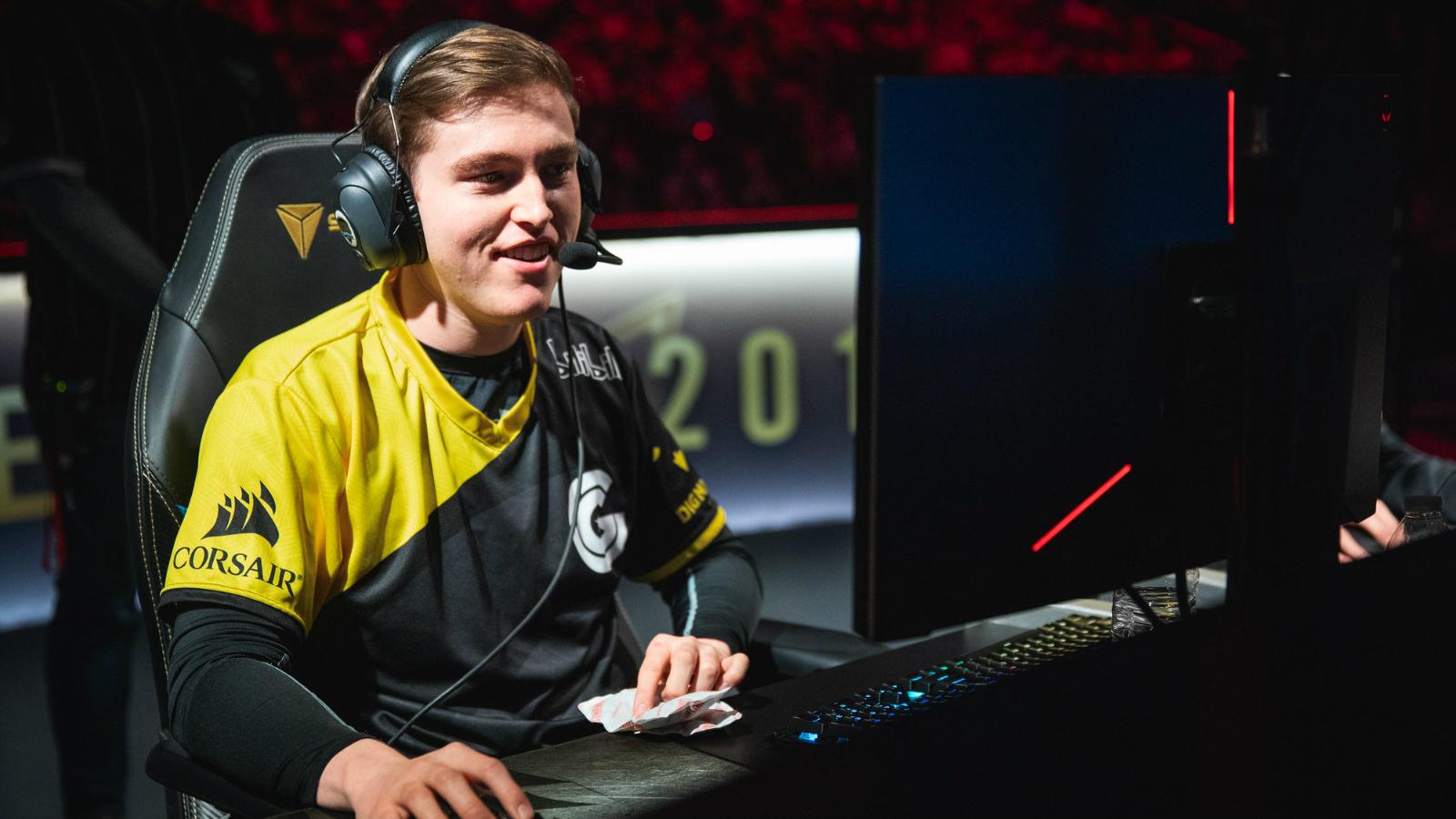
These standard plays from Clutch set up groundwork for the team to have an itemization advantage ten minutes into the game and continue pressuring a skirmish-based lead. Clutch’s duo lane will reset around the ten minute mark and head to Herald to play for plates on Cody Sun and keep this gold advantage.
But often these swaps for Heralds, especially in Playoffs, didn’t seem forced or even instigated by Clutch. In the first game against Team Liquid, TL’s bottom lane had priority and initiated a Rift Herald swap just before ten minutes. TL were in a position such that they had pressure in two of three lanes and could have secured the objective without the swap. Nicolaj “Jensen” Jensen’s Akali only had to lean bottom to prevent Clutch’s Xayah and Rakan from playing for bot plates while TL’s top side secured the Herald.
Yet they swapped anyway, and for a brief moment, it gave Clutch a window for a skirmish play that would have helped them back into the game had Jensen not been so far ahead. In this case, because TL had tempo advantage, CG had to swap to match TL, and TL perhaps bought too much into the CG narrative to their own detriment.
In fact, in Playoff series, Clutch never executed a play for Rift Herald in the way casters described it. For example, in the second game against CLG, Clutch simply chose to play for Infernal at 12 minutes and stall Herald, continuing to hold their bottom side advantage.
Throughout the TL series as well, TL seemed to initiate a swap first, illustrating that they almost over-anticipated the Clutch Herald play. In order to counter early plays for Rift Herald, a team doesn’t always have to meet Clutch at their own game or beat them to the punch.
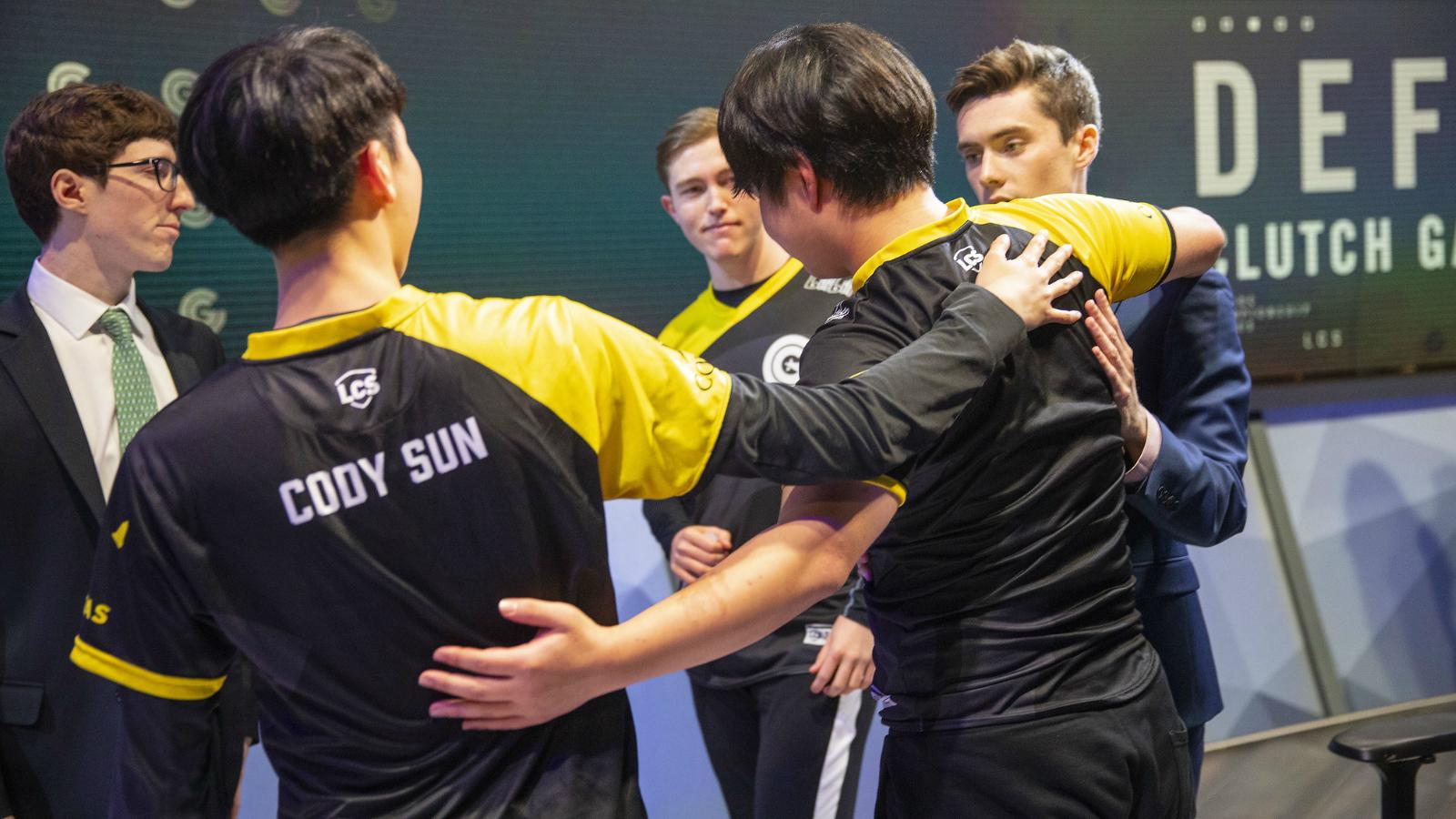
For example, in LPL where ten minute Rift Herald fights are just universally common, Royal Never Give up often opted into simply trading for bottom turret. In these situations, they could pressure the bottom turret for plates before the enemy top laner rotated bottom or had the opportunity to stall waves.
Team Liquid seemingly attempted this counter only once against CG. In Game Four, TL opted not to match their duo lane to Clutch Gamings given that they had an advantage in the bottom lane and could play for plates as Varus and Tahm Kench. Yet instead of pressuring the turret before Huni could swap to bottom lane, TL rotated for Mountain dragon and a play for priority mid before even approaching the bottom wave.
TL could have easily traded plates and rotated to match top before Rift Herald could take the majority of their turrets or Huni could reach the bot wave. If CG traded for Herald, Jensen and Jake “Xmithie” Puchero likely could have still secured the dragon while Yiliang “Doublelift” Peng hit bot turret as well. TL also make the mistake of playing to zone Huni after he had already used the Equalizer on a wave.
The Herald is not the solution
Clutch’s Rift Herald playbook is objectively good, but it does have counters, and it isn’t their win condition. LCS teams routinely botch attempts to counter Rift Herald plays by treating it as Clutch’s be-all-end-all.
Clutch really just want to accelerate the game by playing around neutrals to get an assassin ahead and set up a 1-3-1 or 1-4. Unlike what the LCS “NARAM” moniker Clutch prefer a map state where they have control of sides, Cody can clear mid wave for free to match mid section rotation, and Clutch can use this pressure to set up for objectives and resets first.
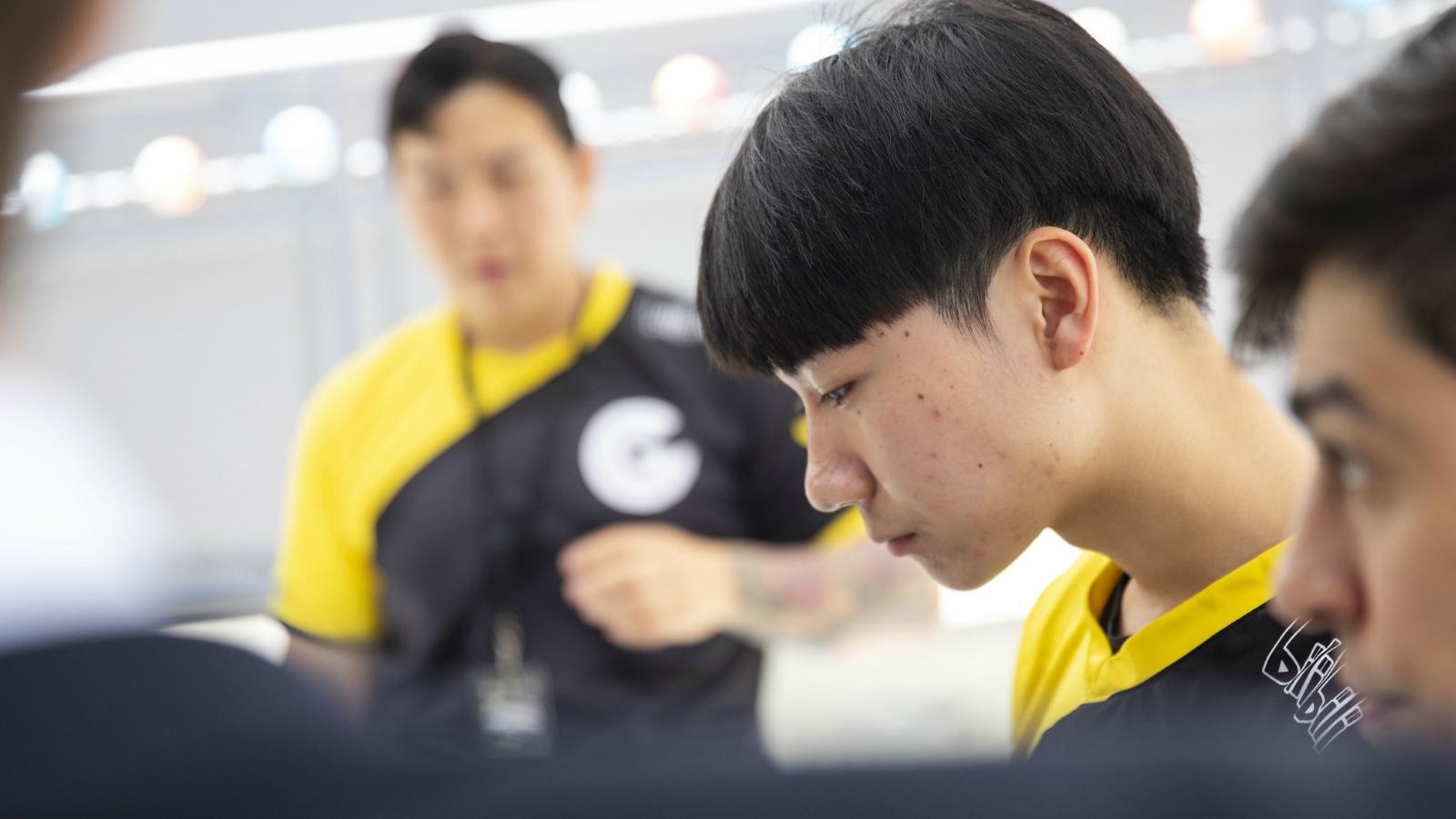
The Rift Herald play aids this scenario because Clutch struggle to control the map in the mid and late game in this manner without accelerating. Devotion to side waves becomes sloppy, they’ll choose champions like Karma that cannot match the likes of Akali or Aatrox in side. If Damonte doesn’t get ahead on Qiyana, he doesn’t have the threat of eliminating targets if Lira roams to his lane later on in the game.
CLG’s counter to Clutch came not from their ability to deny Clutch Rift Herald plays, but to deny Huni a free 1v1 lane. Both TL and CLG’s successful approaches came from using mid lane advantages to control the top side of the map. When Jensen accelerated as Akali in Game One against TL, his roams pushed Huni back. When CLG started to play for lane swapping and getting advantageous solo lane matchups, CG couldn’t get the resets they wanted in mid lane to control the map and focused more jungle attention top lane.
Despite Huni’s reputation as a top laner who only succeeds with jungle pressure, he excels in an isolated 1v1, but starts to struggle when the enemy jungler comes into play. Most of Clutch’s early play focuses on using mid and jungle control to create resets for bottom lane to either get dragon or get a Rift Herald and look for roams to mid to create skirmish opportunities.
Since Clutch often choose the likes of Sivir or Ezreal to ensure mid lane prio in the mid game, that creates a bit of a contradiction for their early game plans. Unless there are situations where Ezreal and Rakan are getting 2v2 kills, Clutch’s bottom lane drafts don’t typically provide advantages to play toward in the early game. That’s why support counterpick actually matters a lot to their success.
In five of seven bracket stage victories, Clutch counterpicked support. That drafting strategy can guarantee bottom lane priority even when Cody Sun opts for the likes of Sivir or Ezreal. It can also create scenarios where Philippe “Vulcan” Laflamme roams mid to assist Damonte in getting a better back.
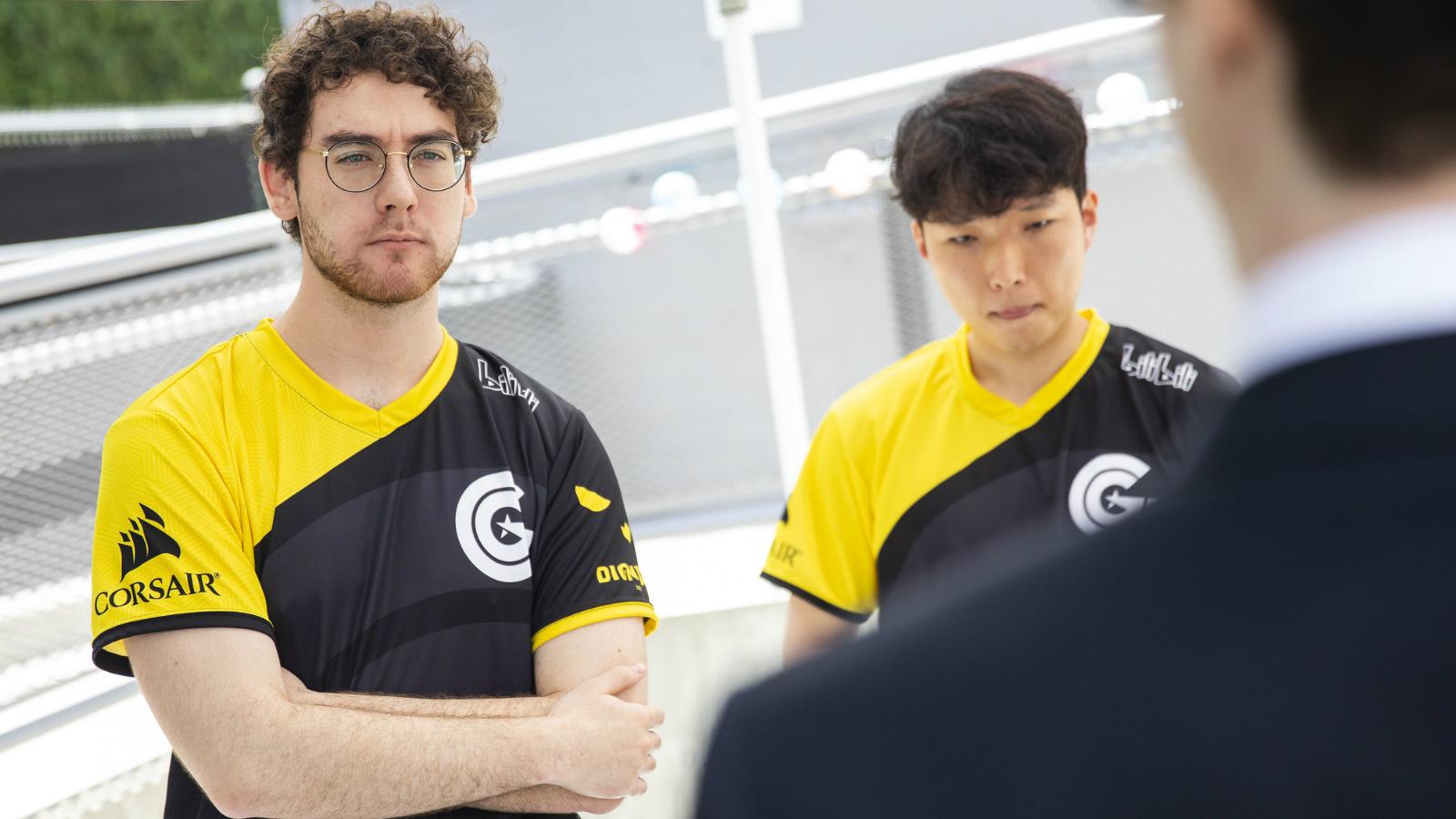
But even with that dispensation, top lane has to win in isolation. Clutch’s priority on Rumble and Karma blind reflects the team’s need to have a pushing top that can play for Teleport advantage while Clutch looks for neutral objectives early. The problem is that these picks often get outscaled in a side lane, denying Clutch the ability to push sides and rotate for Baron vision first without snowballing.
That flaw has nothing and everything to do with Rift Herald. TL and CLG ran through hoops to try to reset their duo lane and counter the patented CG ten minute fight, but had far more success simply preying on Clutch’s tendency to get free solo lane priority. Denying Clutch isn’t about denying Herald; it’s about denying Huni a free lane, something to which TL and CLG, with their bot-centric playstyles, aren’t naturally suited.
Preparing for Gauntlet
After the CLG series, the Analyst Desk likely won’t peg Clutch as favorites to win the LCS Gauntlet and qualify for Worlds. They will point to predictability and easily counterable play.
But it isn’t finding an alternative to a Rift Herald-centric strategy that Clutch has sought after their loss to CLG. What they really want is an answer to the contradictions that arise in their play when the game extends.
Clutch’s best answer may well be to all-in on three man top dives and refine that strategy before the grueling three back-to-back best-of-fives that face them. As long as AD carry brings Teleport, it’s still very possible to play for Rift Herald with top side advantage. Give dragons, and all-in and blowing open the game through top. If you make it to Worlds, drill mid-game map setups until they’re natural enough to reassess draft priorities.
The Rift Herald setup is the best thing about Clutch because it’s a red herring. Teams have so far bent over backwards trying to counter it. But if Clutch can then refine other plays to such an extent, series will end before the likes of FlyQuest, Counter Logic Gaming, and Team SoloMid can answer.
Predictable doesn’t mean stoppable. Predictable means — even though you know what’s coming, you’ve already lost.
